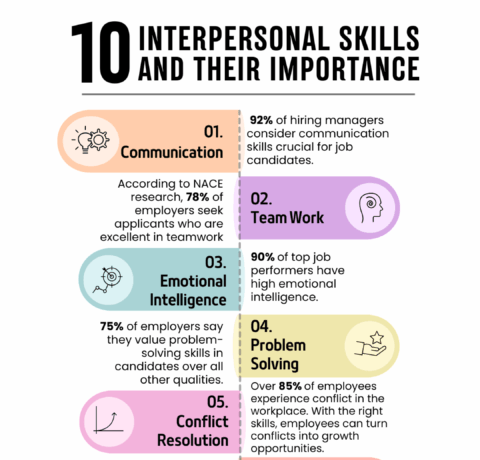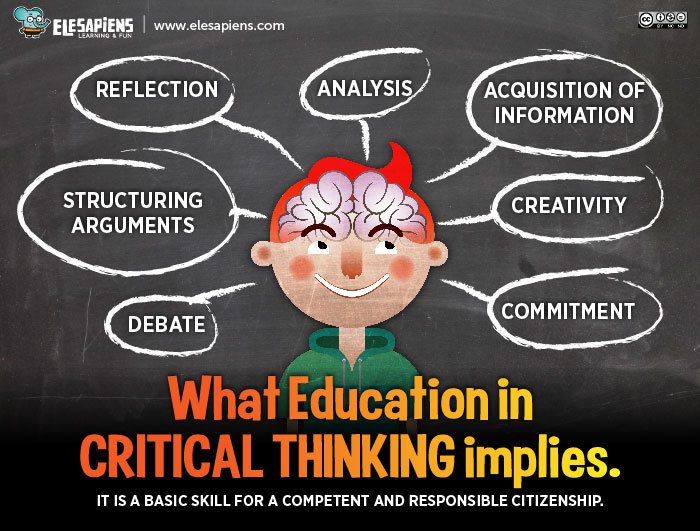The What Education in Critical Thinking Implies Infographic presents the basic features of critical thinking education:
- Reflection. Students should ask themselves about the information we receive.
- Analysis. By using their own knowledge and other data students evaluate information and arguments that reinforce or question ideas.
- Acquisition of information. By contrasting and collecting data from other sources students can, in many cases, confirm or reject the information they have analyzed.
- Creativity. This is stimulated by the need to associate ideas and knowledge with the purpose of building up their arguments.
- Structuring arguments. Learning to build up cases on a solid foundation in order to support the criteria they have constructed.
- Decision making. Learning to take decisions based on their own criteria.
- Commitment to our their opinions and arguments.
- Debate. The ability to explain and defend their ultimate criteria and contrast it with other criteria that may be as valid as our own.







You can adjust your cookie preferences here.